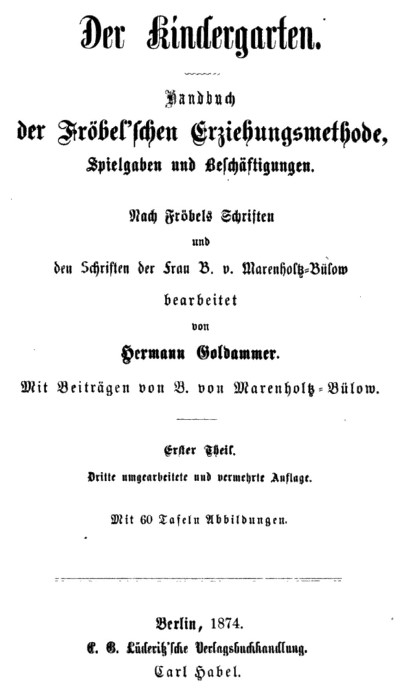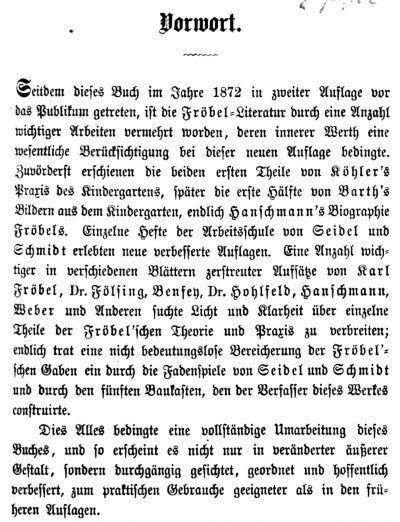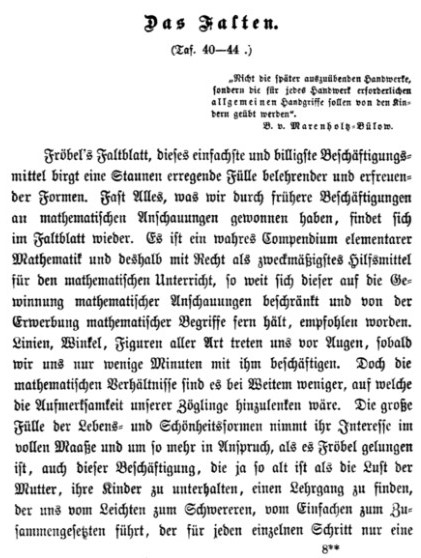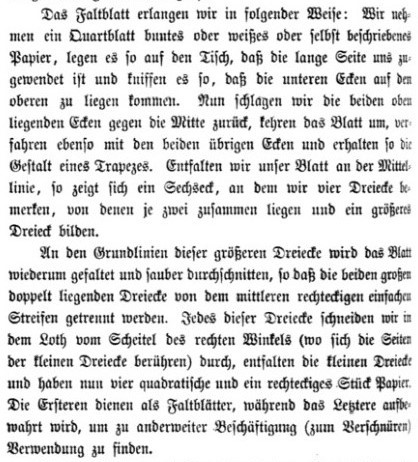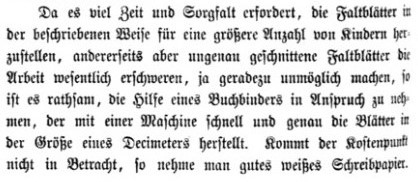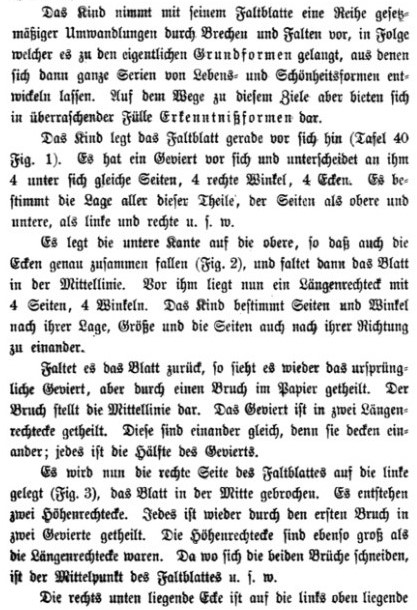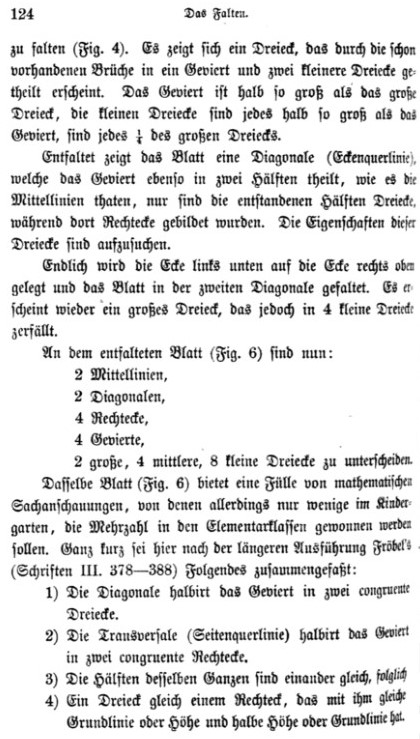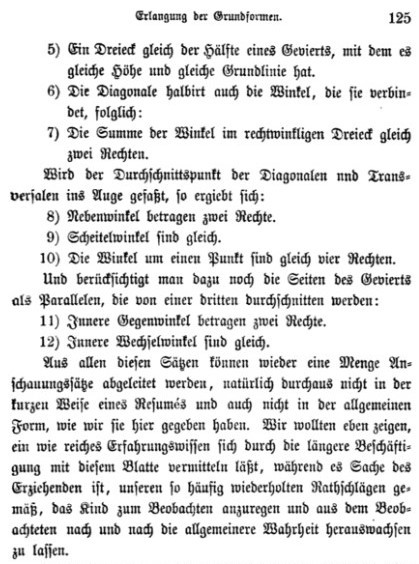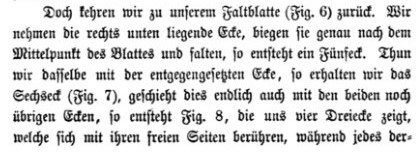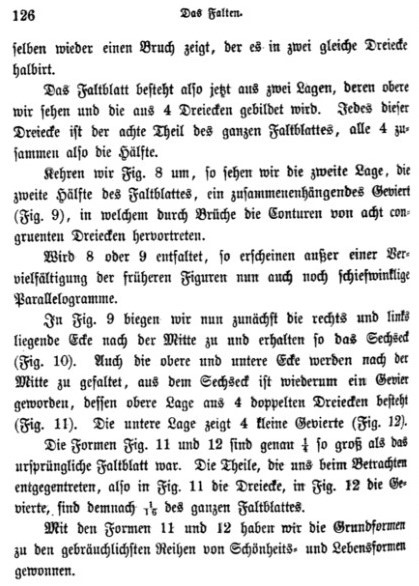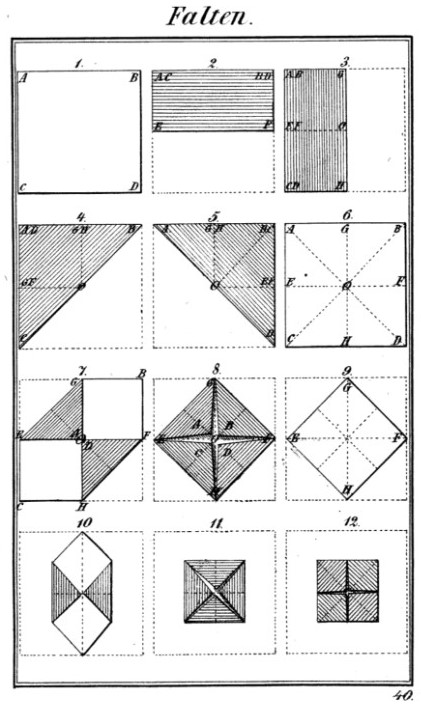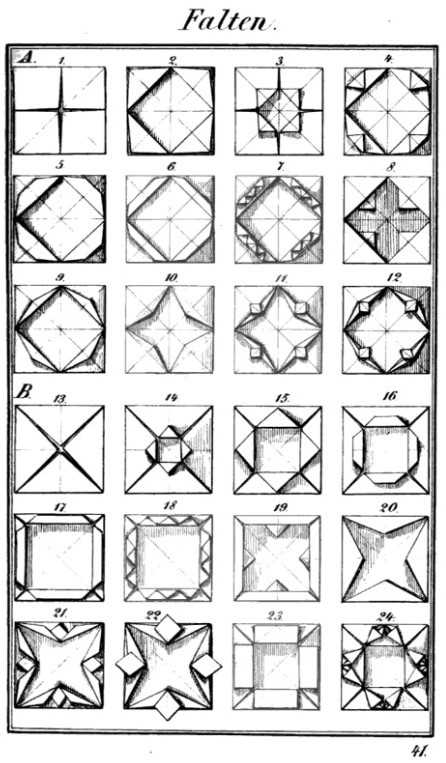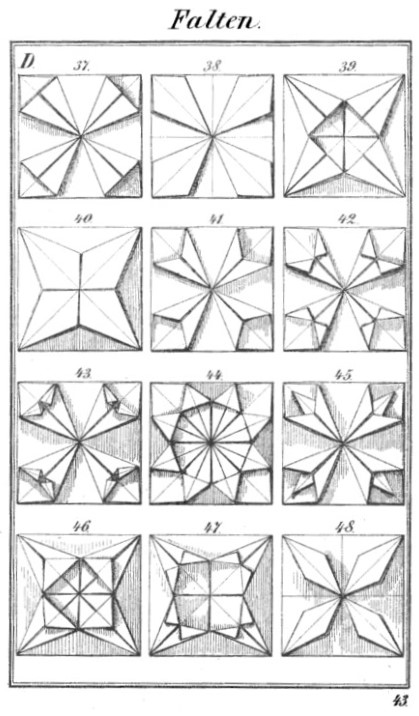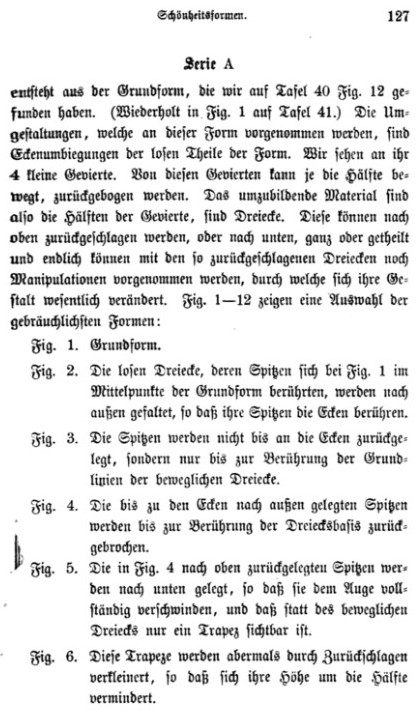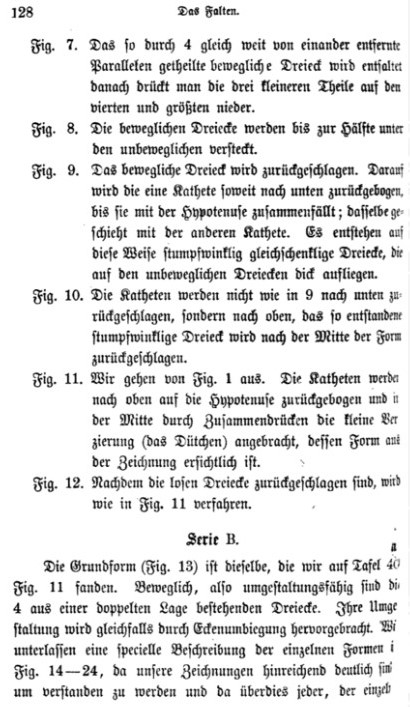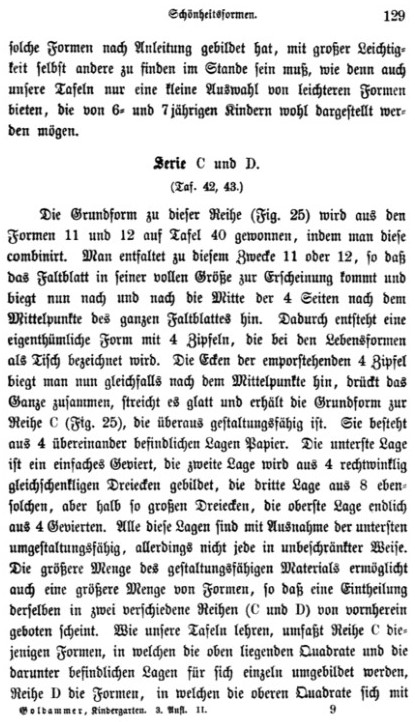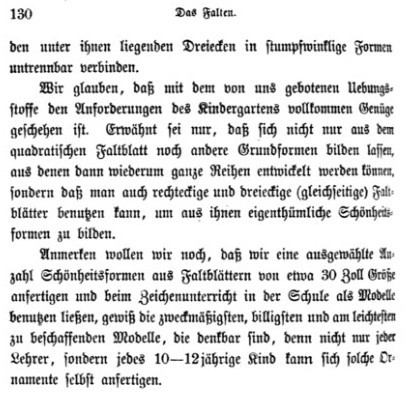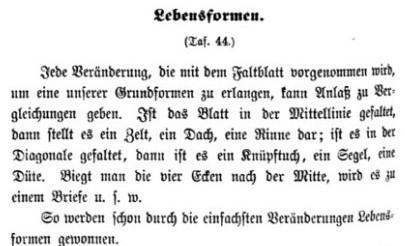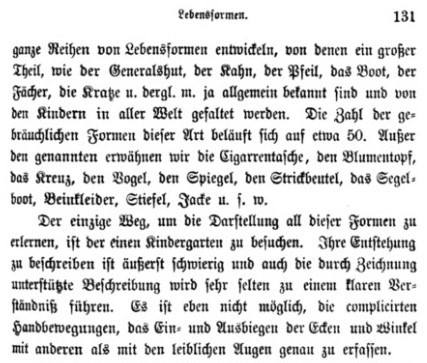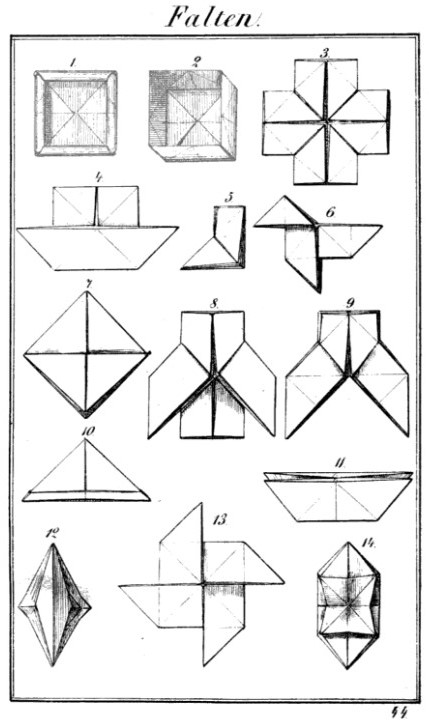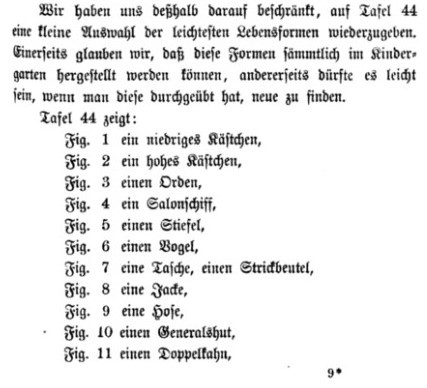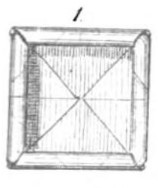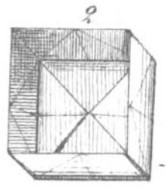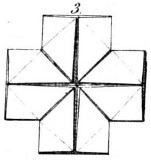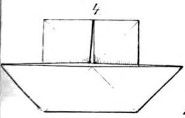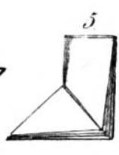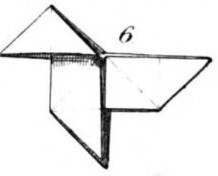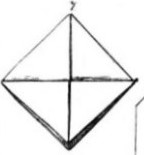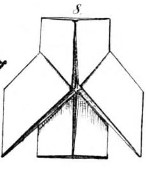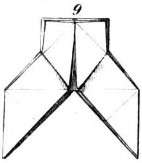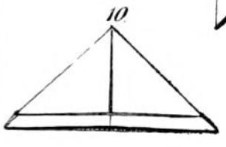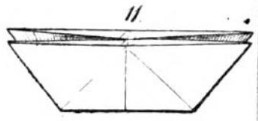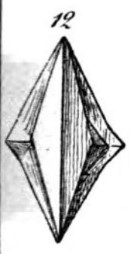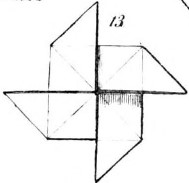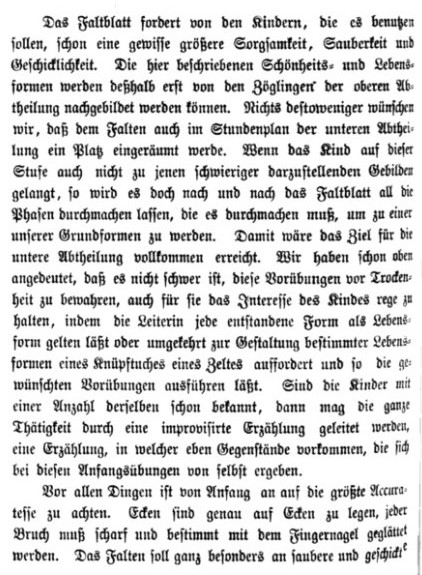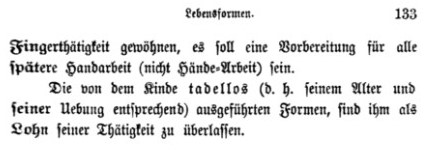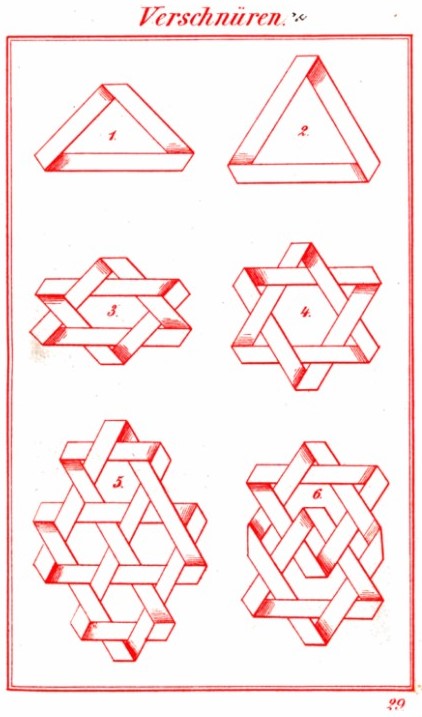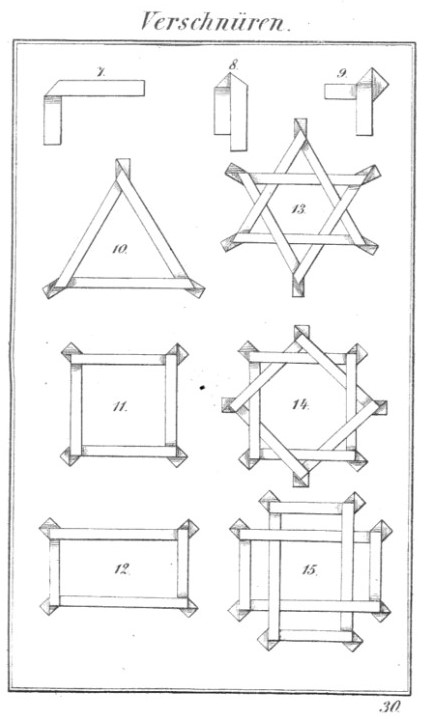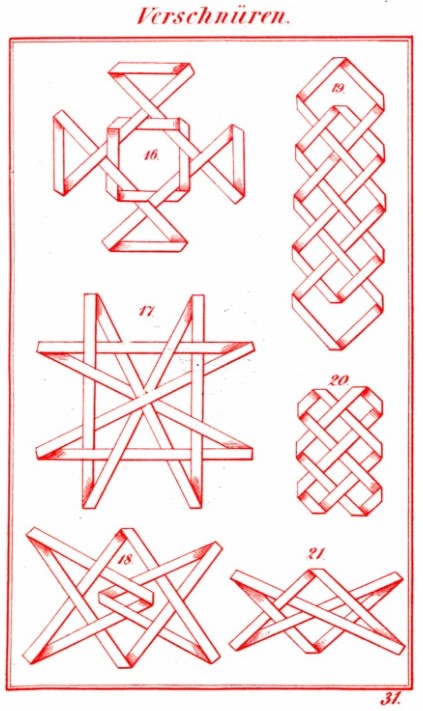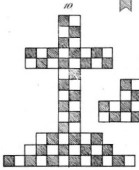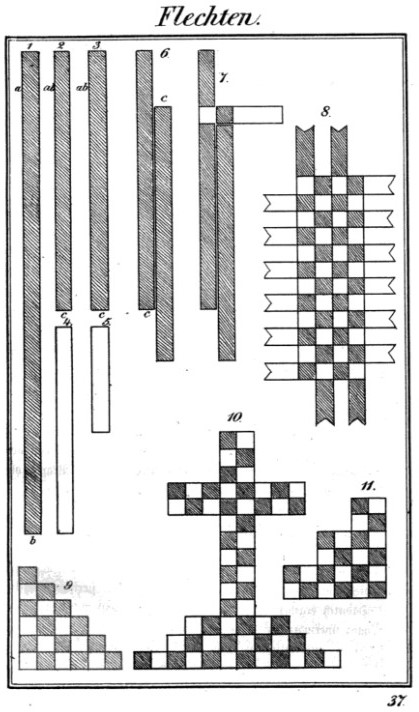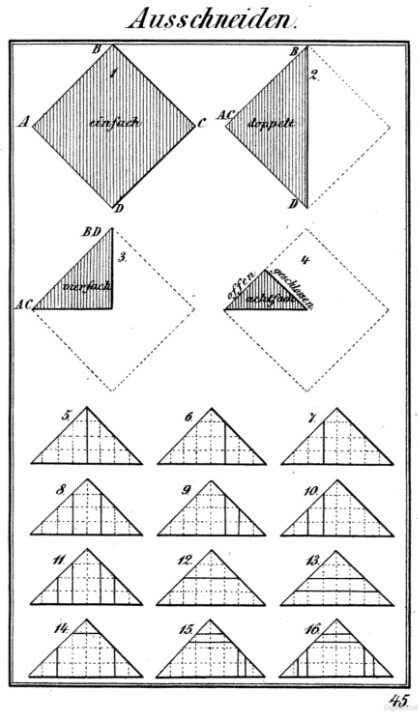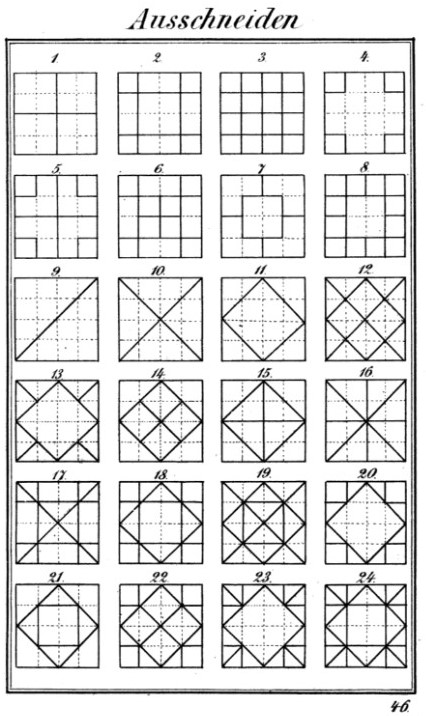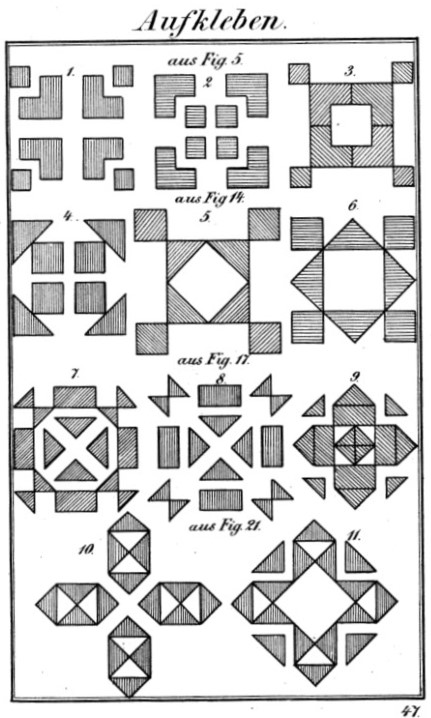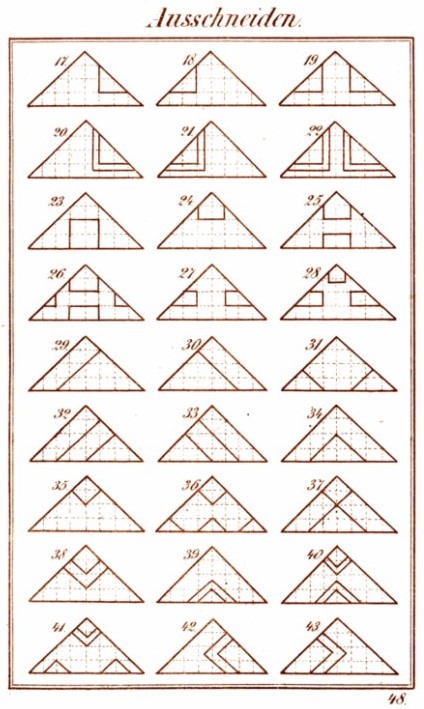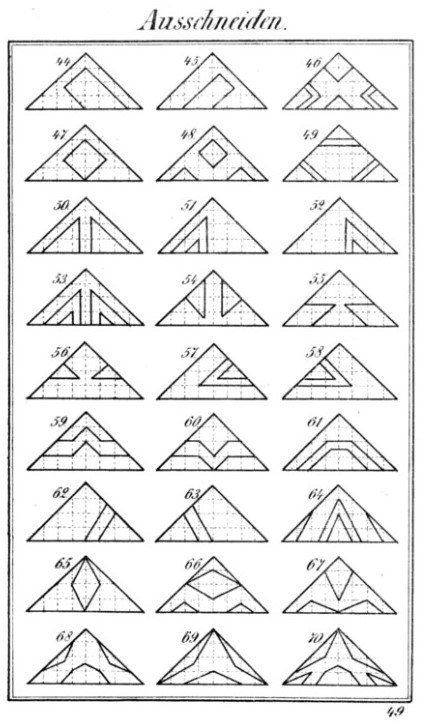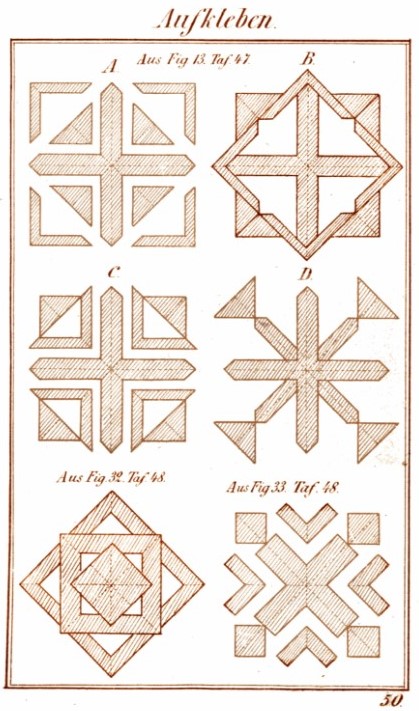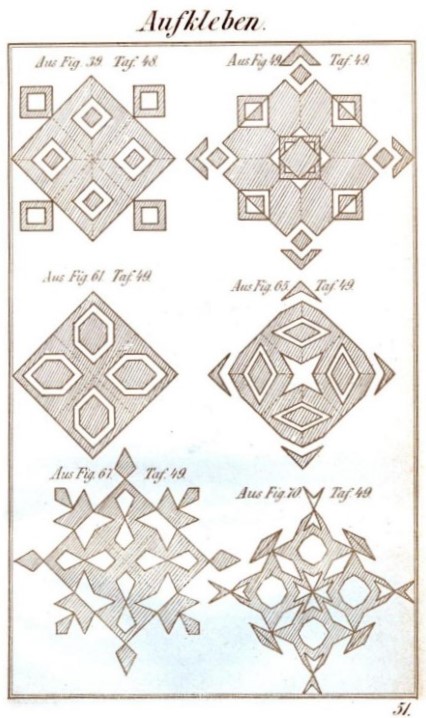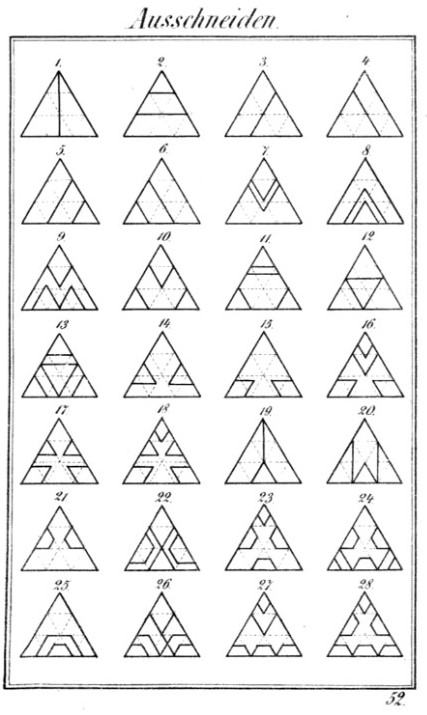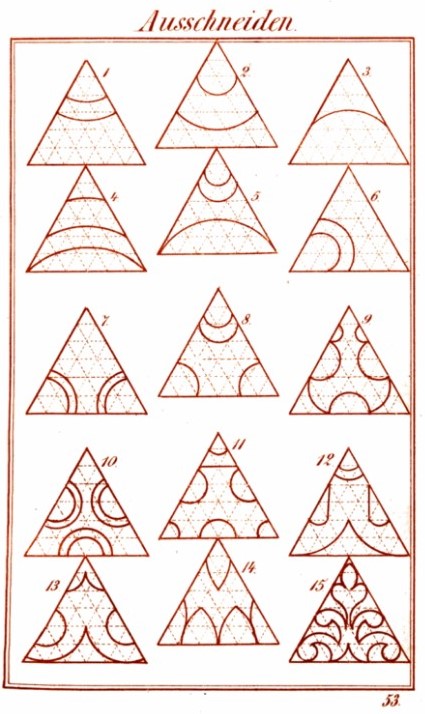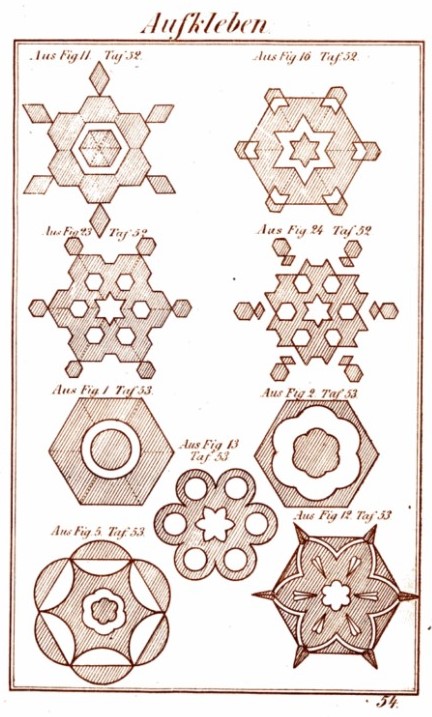| The Public Paperfolding History Project
Last updated 25/10/2025 x |
|||||||
| Der Kindergarten by Hermann Goldammer, 3rd Edition, 1874 | |||||||
| A
third 'revised and enlarged' edition of 'Der
Kindergarten' by Hermann Goldammer was published by Carl
Babel in Berlin in 1874. It contains material relating to
paperfolding that did not appear in the previous
editions, particular relating to Folds of Life and Folds
of Beauty. Since there are so many changes from the
original edition a complete analysis of this new edition
is given on this page. The full text of the chapter about 'Das Falten' is included in the Analysis. A full version of this book can be accessed here. **********
********** The first two paragraphs explain the reason for the revision of the work but make no specific mention of paperfolding.
********** Analysis Das Falten
********** Froebel's method of cutting four squares from a rectangle
********** About Paper
********** Erkenntnisformen
********** Creating the Double Blintz Basic Form The two sides of this formm are shown in pictures 11 and 12 below.
********** Schonheitsformen (Forms of Beauty)
One of the final sentences of this section state, roughly translated: 'It should be mentioned that not only can other groundforms be folded from the square basic sheet, from which entire rows can then be developed, but that rectangular and triangular (equilateral) can also be used to create beautiful shapes.' Plate 41 series A shows forms developed from one side of the Double Blintz Basic Form and Plate 41 series B shows forms developed from the other side. Picture 19 shows The Framed Cross
********** Plates 42 and 43 show forms developed from the Windmill Base. Picture 38 shows Four Kites Picture 40 shows Four Points Picture 44 shows The Sunburst Picture 48 shows The Interlocking Star
**********
********** Lebensformen (Folds of Life) (Note that there are many contradictions and duplications in this section of the work.) Simple Folds of Life The introduction to this section states, roughly, 'Any change that is made to the square in order to obtain one of the basic forms can give rise to comparisons. If the square is folded in the centre (ie edge to edge) it represents a picture, a roof, a gutter. If it is folded diagonally then it is a handkerchief, a sail, a bag. If you fold the four corners to the centre it becomes a letter, and so on. In this way forms of life are already achieved through the simplest changes.'
********** Folds of Life This section reads, roughly translated: 'Once we have arrived at the basic forms shown on plate 40 under numbers 11 and 12 (ie the two sides of Double Blintz Basic Form) then from both of them entire series of folds of life can be developed, a large part of which, such as the General's hat, the boat, the arrow, the boat, the fan, the crow and the like are known and folded by children all over the world.' None of the designs mentioned here are in fact developed from the Double Blintz Basic Fold. They can be tentatively identified as: Der Generalshut - probably The Newspaper Hat Der Kahn (the boat) - probably The Paper Boat Der Pfeil (the arrow) - probably the Paper Dart Das Boot (the boat) - not identifiable - possibly duplicate for der Kahn? Der Facher (the fan) - probably a simple pleated fan. Die Krahe (the crow) - probably The Cocotte / Pajarita ********** The text continues: 'The number of common forms of this kind amounts to about 50'. In addition to those mentioned we mention the cigar case, the flowerpot, the cross, the bird, the mirror, the knitting bag, the sailboat, trousers, boots, jacket and the like.' These can be tentatively identified as: Die Cigarrentasche (Cigar Case) - The Cigar Case Den Blumentopf (plant pot) - probably The Vase Das Kreuz - The Cross Den Vogel - again probably The Cocotte / Pajarita Den Spiegel (the mirror) - The Mirror Den Stridbeutel (the knitting bag) - possibly The Travel Bag? Das Segelboot (the sailing boat) - probably The Boat with Sail Beinfleider - probably The Trousers Steife - probably The Pair of Boots Jade - probably The Jacket ********** Finally the author says: 'The only way to learn how to depict all these forms is to attend a kindergarten ... even a description supported by drawings will rarely lead to a clear understanding ...' **********
********** Plate 44 illustrates a small selection of Folds of Life
********** These designs can be identified as: 1. Ein Neidrige Kastchen (a low box) - possibly the Solid Box
********** 2. Eine Hohe Kastchen (a high box) - Probably The Blintz Box but possibly The Junk Box with the flaps folded down outside or inside. There is no descriptive text to assist here.
********** 3. Einen Orden (a medal) (also mentioned in the text)- The Cross
********** 4. Ein Salonschiff (a saloon ship) - The Cup and Saucer
********** 5. Einen Stiefel (a boot) (also mentioned in the text) - The Pair of Boots
********** 6. Eine Vogel (a bird) (also mentioned in the text) - The Cocotte / Pajarita
********** 7. Eine Tasche, Eine Strickbeutel (A Knitting Pouch) - probably the Puzzle Purse.
********** 8. Eine Jade (also mentioned in the text) - The Jacket
********** 9. Eine Hose - The Trousers
********** 10. Einen Generalshut - The Newspaper Hat
********** 11. Einen Doppelkahn - The Double Boat
********** 12. Einen Blasebalg - The Bellows
********** 13. Eine Muhle - The Windmill
********** 14. Ein Schreibzeug - not identified
**********
********** Verschnuren (Lacing)
********** Flechten - Free Weaving The Woven Cross
**********
********** Ausschneiden und Aufkleben
********** |
|||||||
